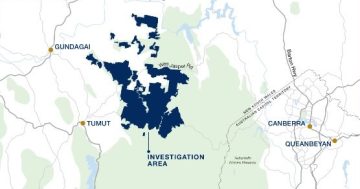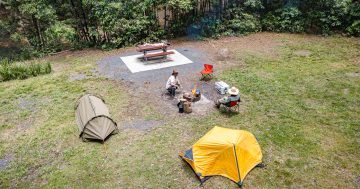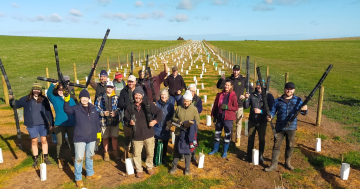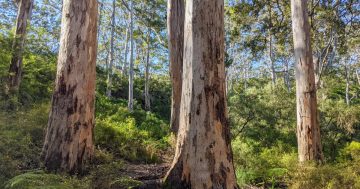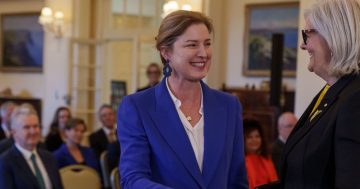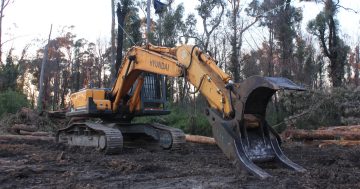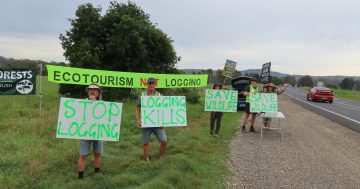 A series of interviews with ACT Foresters almost 25 years ago has been rediscovered and published, documenting a history of forestry in the ACT thought lost during the 2003 bushfire disaster.
A series of interviews with ACT Foresters almost 25 years ago has been rediscovered and published, documenting a history of forestry in the ACT thought lost during the 2003 bushfire disaster.
Minister for Emergency Services, Mick Gentleman said the bushfires claimed more than 60 per cent of the Territory’s plantation timber as well as the Stromlo office which housed nearly all ACT Forest’s historical records and photographs.
“Thirteen years later, during a routine office clean-up at the Hume Weighbridge, transcripts of 10 interviews conducted with foresters in 1994 were rediscovered,” Mr Gentleman said.
He said the interviews had now been edited into a book by historian Brendan O’Keefe, who conducted the original interviews.
“This book, Forest Capital, is a great introduction to the colourful world of ACT forestry, with fascinating firsthand insight from those doing the hard yards through to the senior foresters at the top,” Mr Gentleman said.
“I thoroughly recommend it.”
He said in the book, newly arrived migrant Attilio Padovan tells how he was sent from the Bonegilla migrant camp in Victoria to the isolated Lees Creek in Uriarra Forest, where he worked hard planting and trimming pines and, ultimately, buying a house in Yarralumla.
Mr Gentleman said Ian Gordon tells of life as a demonstrator at the Forestry School in Yarralumla and explains why the radiata pine was chosen as the plantation tree despite its origins in Monterey, California.
He said forestry executive Ron Murray talks about forestry’s close relationship with and commitment to firefighting and Professor Lindsay Dixon Pryor tells how he decided to become a forester at the age of 12.
Other voices include Harold William Tuson, Thomas William Bates, Frank Rosin, Cecil Robert Cruttwell, Anthony Fearnside and Terence John Connolly.
The 426-page book Forest Capital is available from ACT libraries and online at this PS News link.


